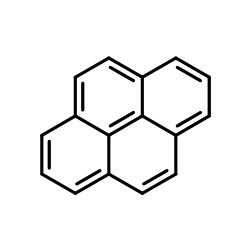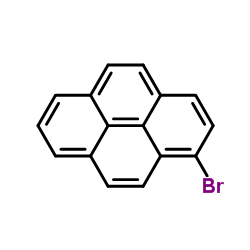| Structure | Name/CAS No. | Articles |
|---|---|---|
 |
Pyrene
CAS:129-00-0 |
|
 |
1-Bromopyrene
CAS:1714-29-0 |